Therefore, when I chose Kyoto as my destination for the New Year, I carried with me excitement and curiosity about this ancient capital, a place that preserves ancient temples, traditional neighborhoods, and profound cultural values. Not as bustling as Tokyo or as magnificent as Osaka, Kyoto is like a tranquil melody of time.

A Japanese girl prays at a temple in Kyoto during the first days of the new year.
Japan's shift to celebrating the New Year according to the Gregorian calendar is a historic decision reflecting the transformation of a deeply traditional nation striving to preserve its cultural values while continuously developing. Oshogatsu – the country's New Year – is a sacred time for Japanese people to remember their ancestors, pray for good fortune, and strengthen family bonds. Unlike the boisterous celebrations of traditional New Year's in other East Asian countries, the New Year in Japan, especially in Kyoto, has a serene, gentle, and contemplative atmosphere.
Kyoto, the thousand-year-old capital, is a place where every street and every step is steeped in tradition and sacredness. Not only does it preserve the essence of millennia-old culture, but Kyoto is also the ideal place to experience the New Year in the Japanese style – gentle, reflecting the very rhythm of life. Gion and Higashiyama, two famous old districts, exude a timeless beauty, with their tranquil wooden roofs, lanterns reflecting on cobblestone streets, and delicate cherry blossoms in the cool air, resembling a spring painting. Temples like Fushimi Inari Taisha, Yasaka Shrine, and Kiyomizu-dera are not only pilgrimage sites but also preserve the spirit of Kyoto through the centuries.
At midnight on December 31st, the "Joya-no-Kane" ceremony takes place at temples throughout Kyoto. 108 bells, representing 108 afflictions, ring out as if to purify the soul, cleanse away worries, and usher in a peaceful new year. This moment is not noisy or boisterous, but quiet and sacred, leaving participants with a wondrous sense of serenity.
Yasaka Shrine in the Gion district glows brightly on New Year's Eve during the Okera Mairi festival—a long-standing sacred fire-burning ritual in Kyoto. The fire is lit using okera, a traditional herb, carrying the belief in purification, warding off evil spirits, and bestowing blessings for the new year. People slowly make their way into the shrine grounds, silently praying before the blazing fire. They take the embers home to cook ozoni—a traditional mochi rice cake soup—or to light their ancestral altars, as a way of welcoming good fortune and peace. The image of countless flames burning brightly on New Year's Eve at Yasaka Shrine is not only a symbol of the new year in Kyoto but also reflects the Japanese spirit of preserving tradition. In a modern country, this cultural practice is still cherished and passed down, like an eternal flame illuminating hope.
An indispensable tradition during Oshogatsu is Hatsumode – the Shinto custom of visiting shrines to pray at the beginning of the year. Japanese people usually perform this ritual on New Year's Eve or during the first few days of the new year. Despite having to wait in line in the cold, they patiently hold warm amazake bowls, silently praying for a harmonious year. Early in the morning, a long line of people stretches before the shrine gates, slowly making their way into the sacred space where their wishes resonate with solemnity. After praying, they buy lucky charms (omamori) or write their wishes on ema – small wooden plaques hung in the wind. The carefully written handwriting, the simple yet sincere wishes, make the space even more tranquil, as if containing the hopes of a new beginning.
The New Year in Kyoto is not just a transitional moment, but also an opportunity to enjoy traditional values through cuisine . Osechi Ryori – the Japanese New Year's feast – is meticulously prepared in lacquered wooden boxes, each dish carrying its own meaning: cod roe symbolizes prosperity, lobster represents longevity, herring symbolizes fertility, soybeans wish for long life, and pickled radishes represent family harmony. Alongside these, ozoni – the traditional mochi soup – offers a simple yet profound flavor. A steaming bowl of ozoni with its light broth, combined with soft, chewy mochi, evokes the essence of Kyoto itself: tranquil, refined, and always leaving diners with the warm aftertaste of spring.
Besides religious ceremonies, people in Kyoto also clean their homes and decorate Kadomatsu pine trees in front of their houses – a symbol of prosperity and peace. These customs not only signify welcoming the new year but also reflect the Japanese spirit of connecting with nature and cherishing tradition.
Despite Japan's deep integration with the world , Kyoto remains a place where past and present intertwine in every street corner, moss-covered temple roof, and vibrant red torii gates. In the early days of the new year, Kyoto is not noisy and bustling, but quiet and peaceful, allowing worries to fade away, making way for new and auspicious beginnings. Kyoto residents welcome the new year with simple yet profound gestures, such as a warm cup of tea in a tranquil garden, a cozy traditional meal, or a moment of contemplation before the blazing sacred fire on New Year's Eve. All of this creates a gentle and meaningful start, allowing people to pause and appreciate enduring values: nature, culture, family, and community.
Source: https://hanoimoi.vn/diu-dang-kyoto-693283.html








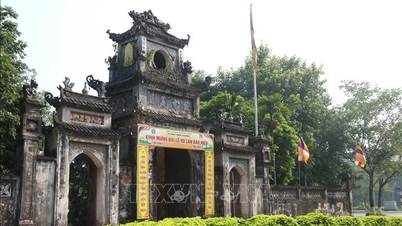

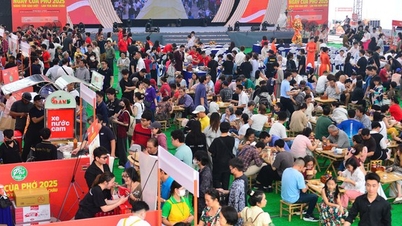

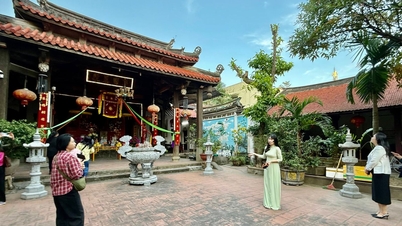





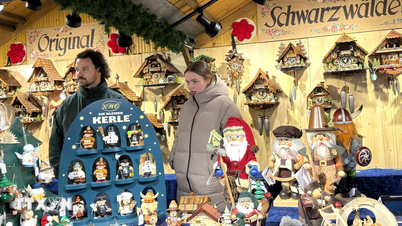



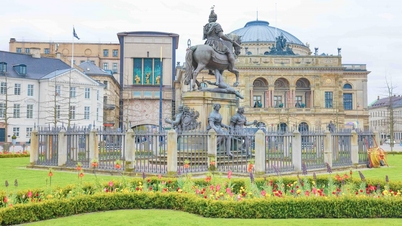
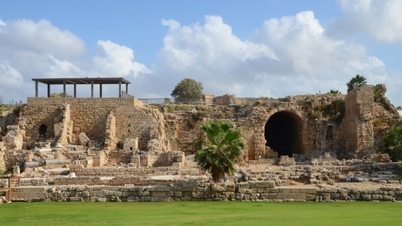

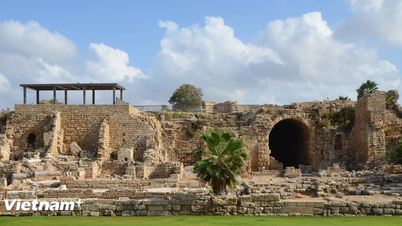

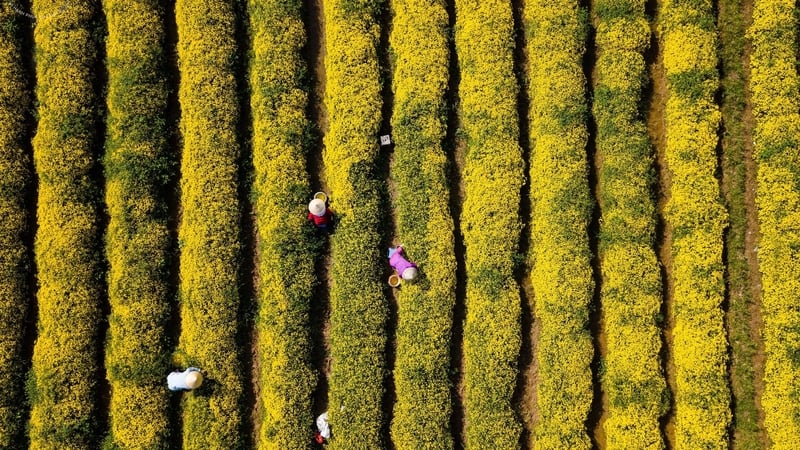

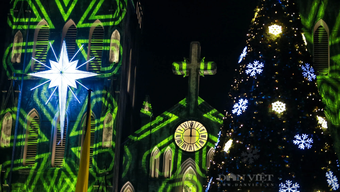
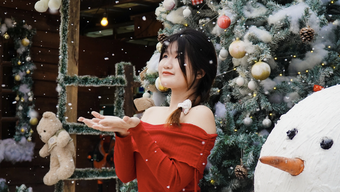

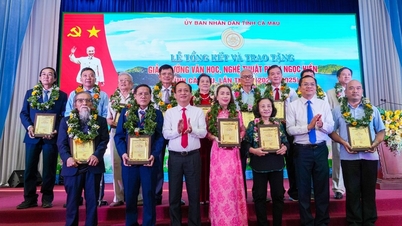
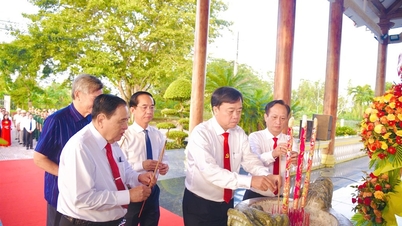


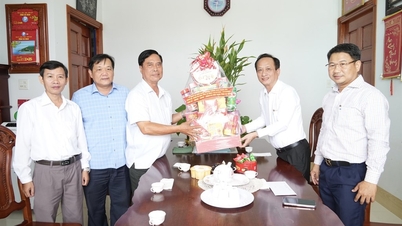



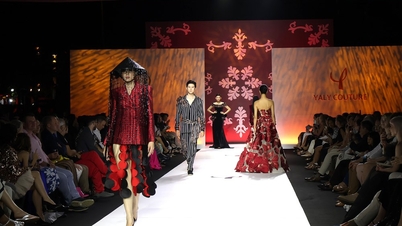



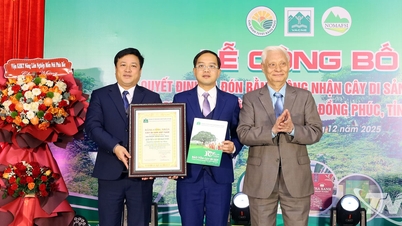






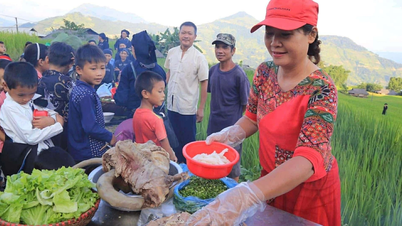









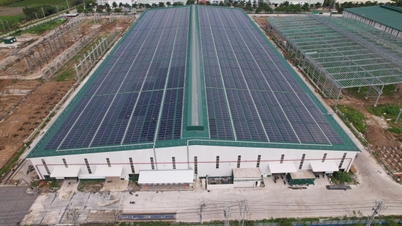



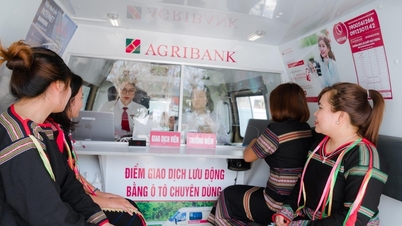






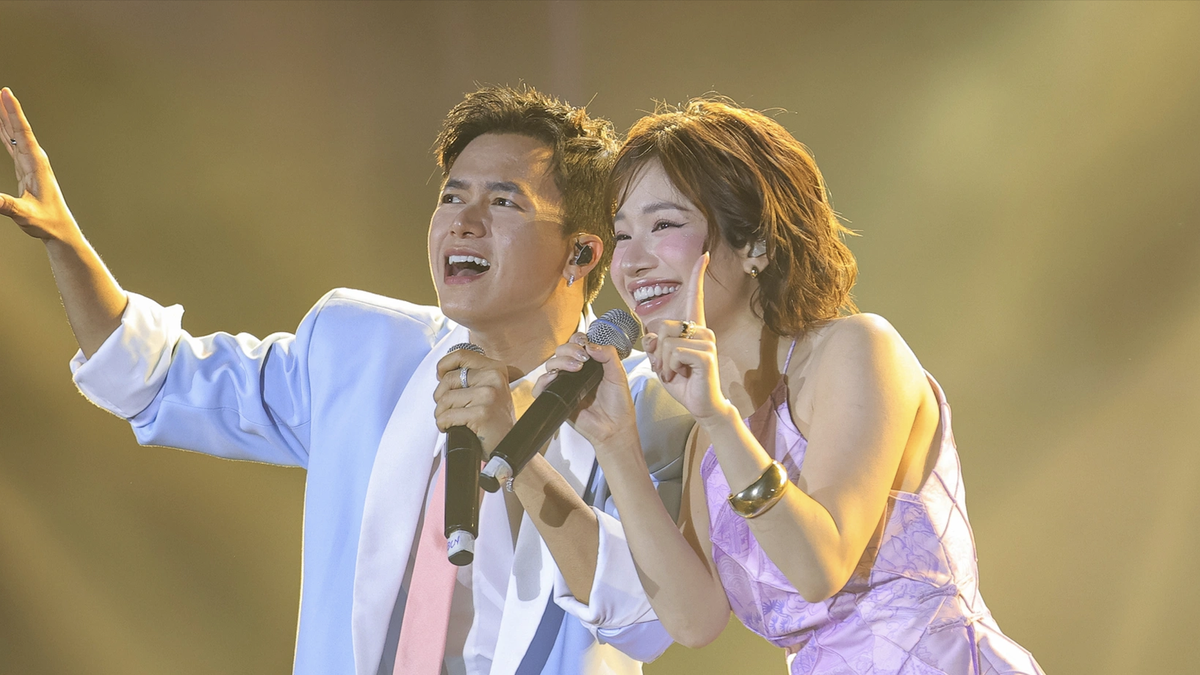










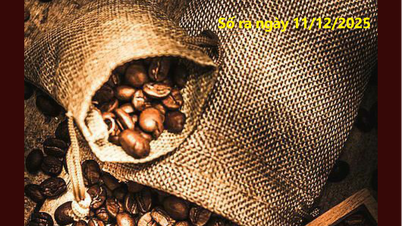

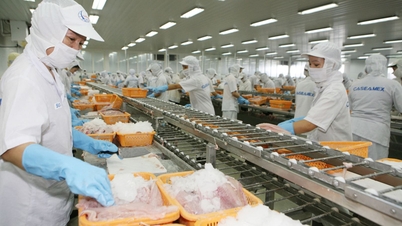
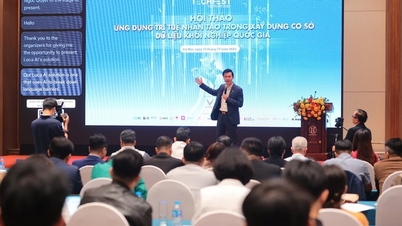



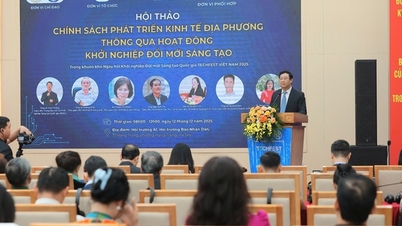

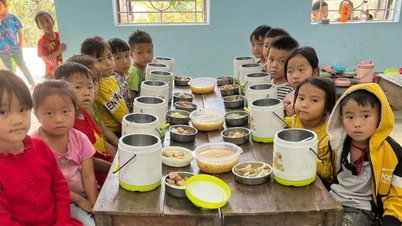

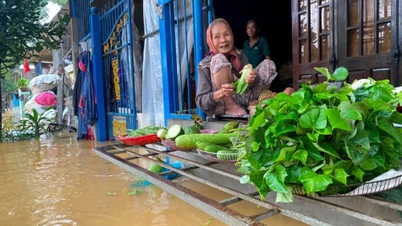




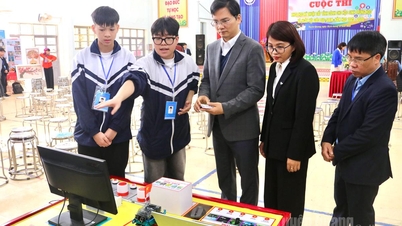














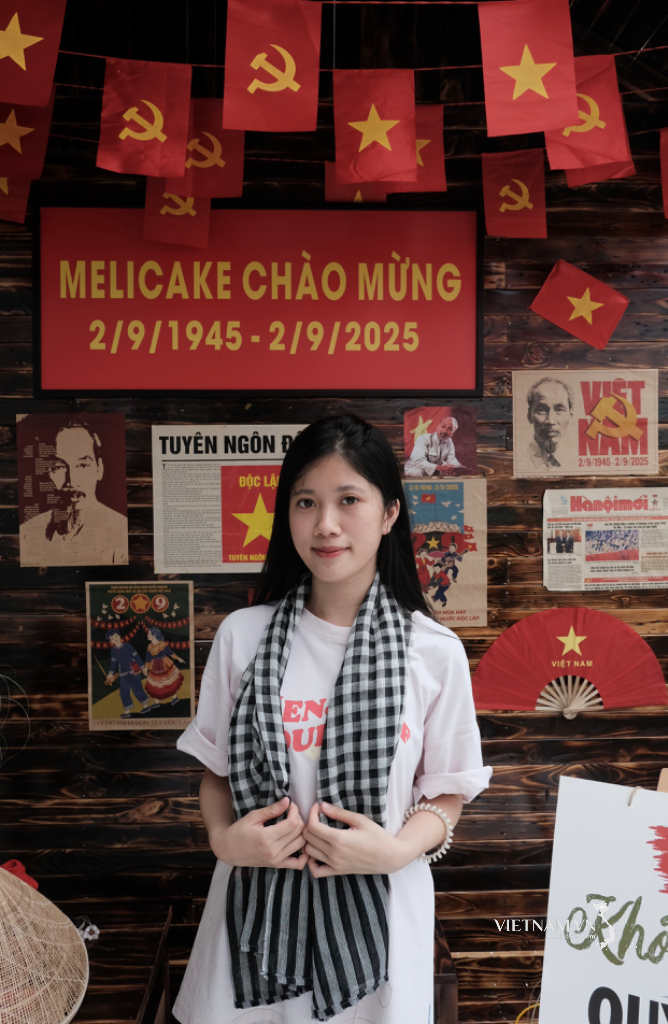
Comment (0)